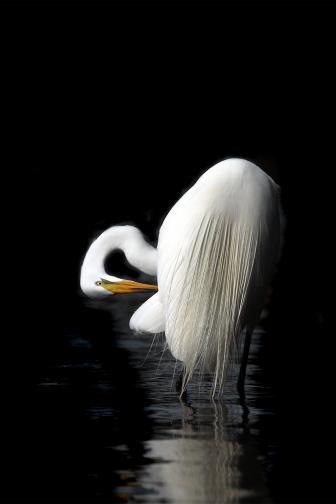Jim Zuckerman
|
Mar 27, 2015
|
Jan 22, 2015
|
Dec 24, 2014
|
Nov 24, 2014











